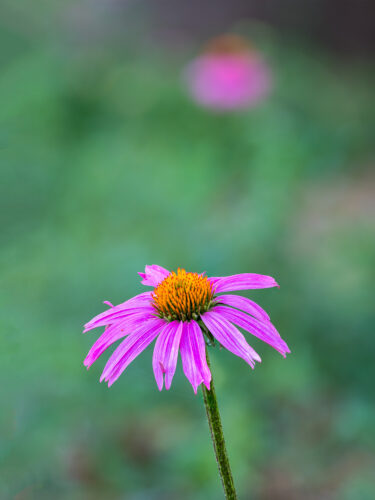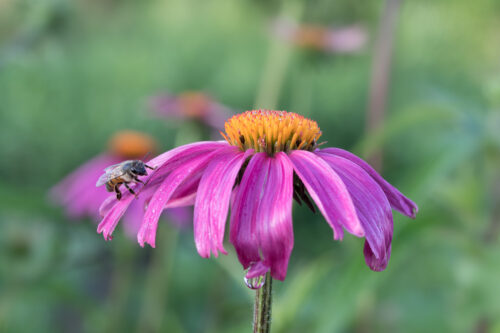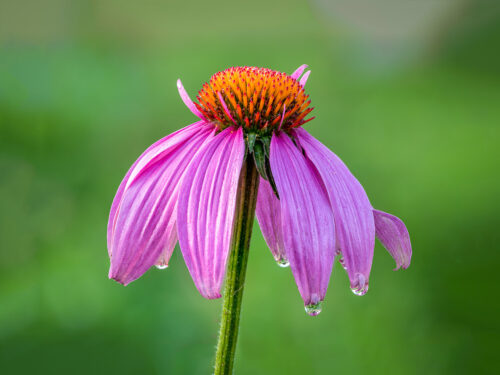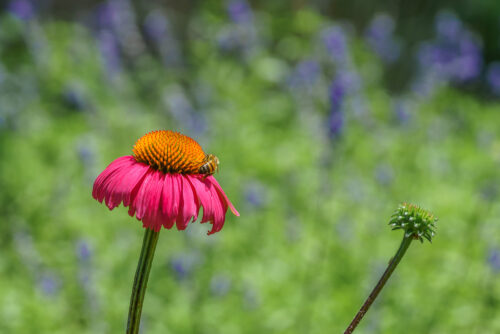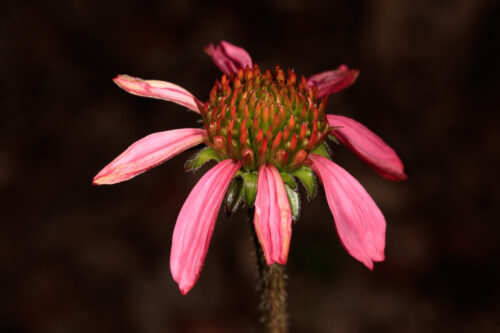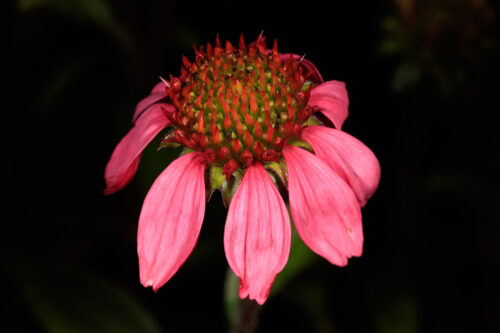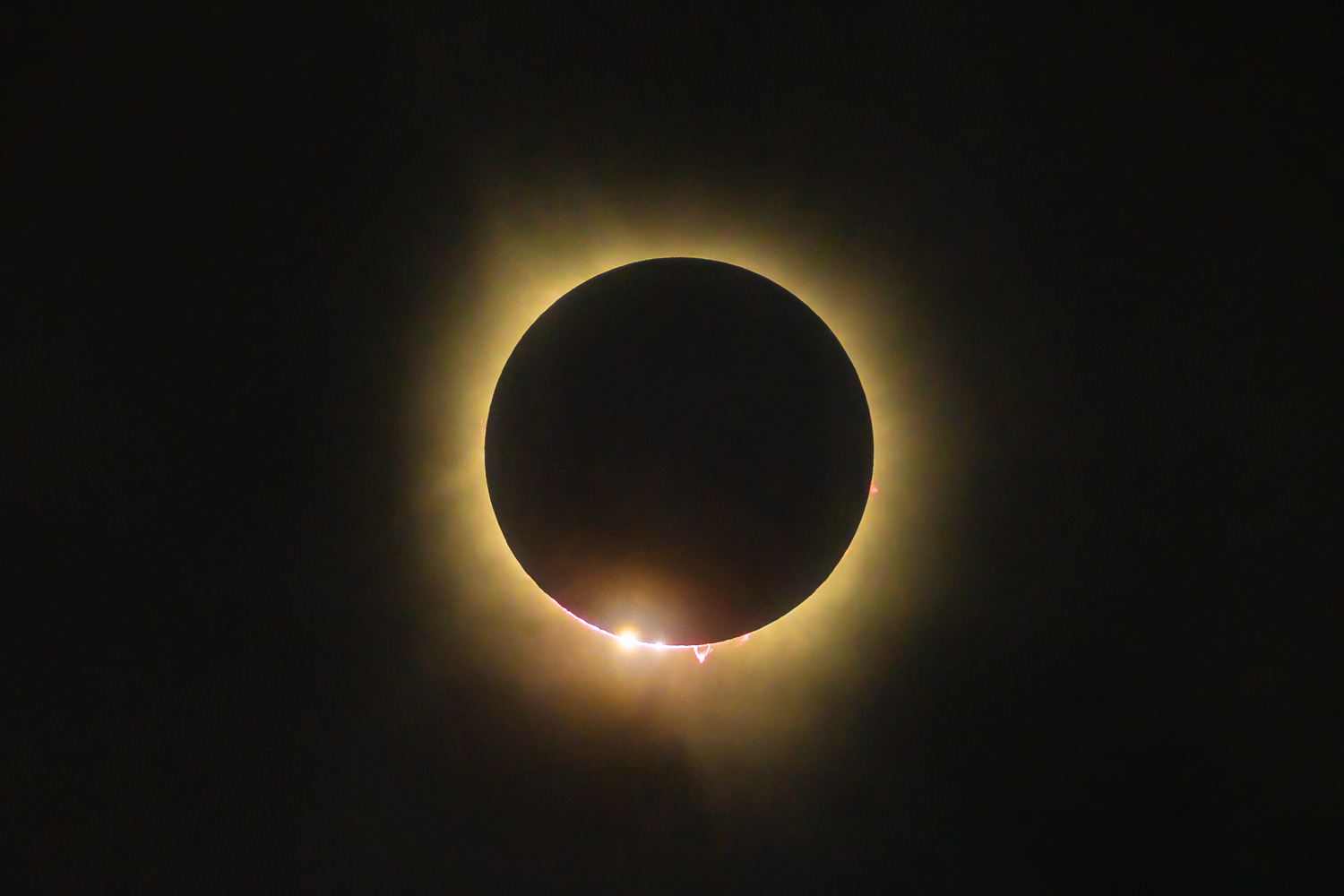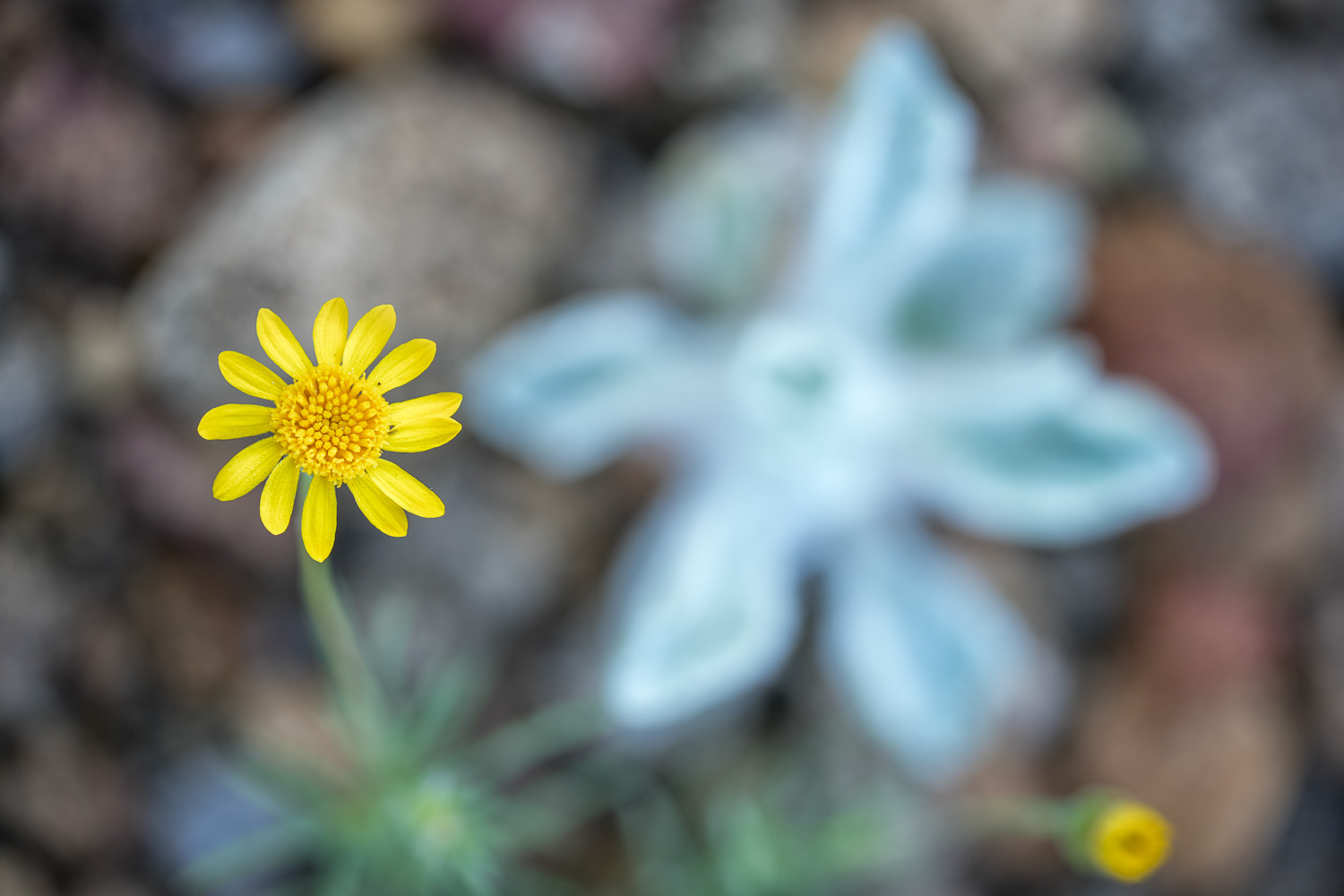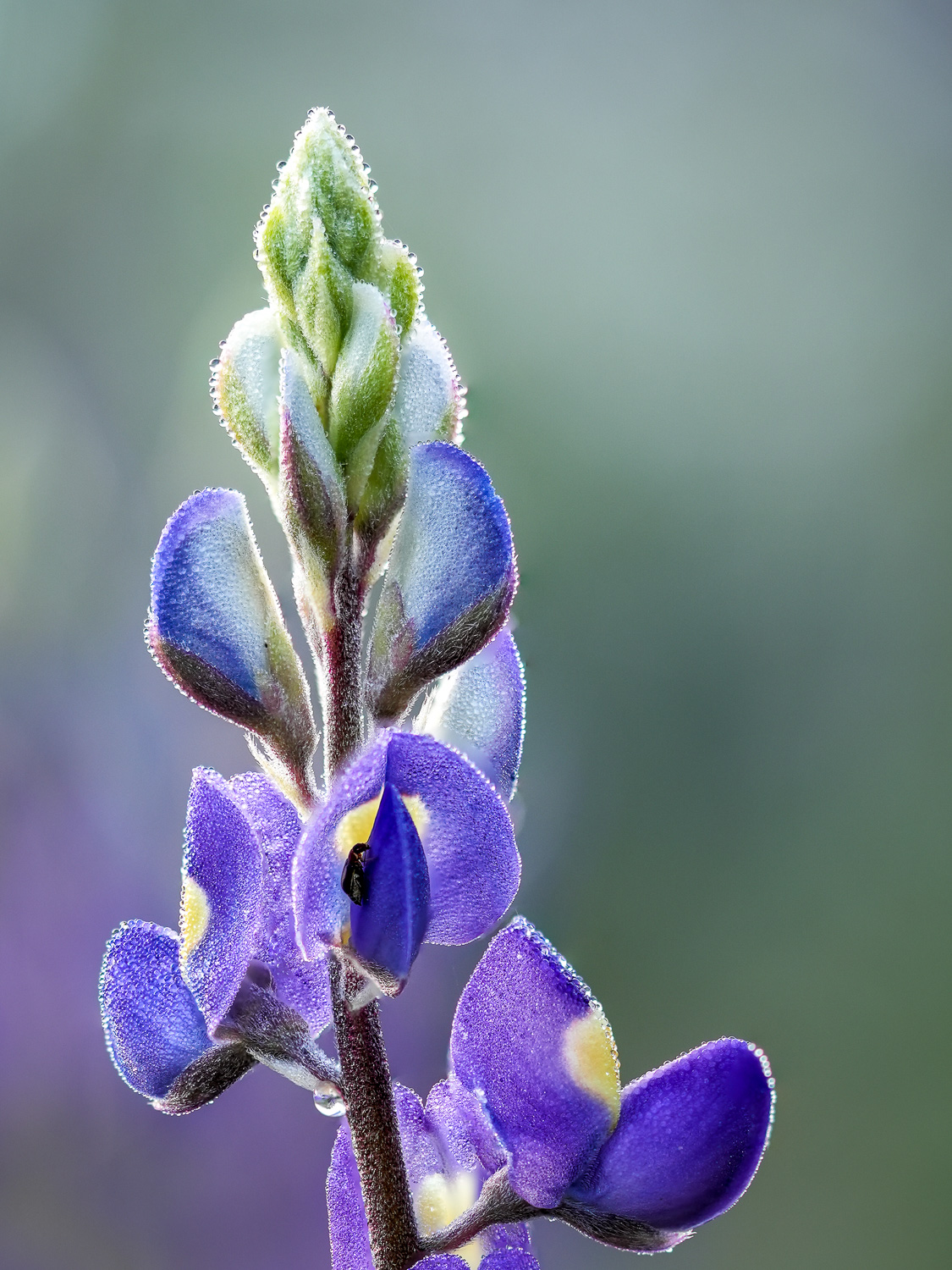Eastern Purple Coneflower (Echinacea purpurea)
Description: The Eastern Purple Coneflower is a popular perennial with smooth, 2-5 ft. stems and long-lasting, lavender flowers. Rough, scattered leaves become small toward the top of the stem. Flowers occur singly atop the stems and have domed, purplish-brown, spiny centers and drooping, lavender rays. An attractive perennial with purple (rarely white), drooping rays surrounding a spiny, brownish central disk.
The genus name is from the Greek echino, meaning hedgehog, an allusion to the spiny, brownish central disk. The flowers of Echinacea species are used to make an extremely popular herbal tea, purported to help strengthen the immune system; an extract is also available in tablet or liquid form in pharmacies and health food stores. Often cultivated, Purple Coneflower is a showy, easily-grown garden plant.
Family: Asteraceae
Synonym(s): Purple Coneflower, Brauneria purpurea, Echinacea purpurea var. arkansana, Rudbeckia purpurea
USDA Symbol: ECPU
Duration: Perennial
Habit: Herb
Size Class: 1-3 ft.
Bloom Color: Purple, Pink
Bloom Time: Apr, May, Jun, Jul, Aug, Sep
Water Use: Medium
Light Requirements: Part Sun
Soil Moisture: Dry
Bloom Notes: Soil Description: Dry, rocky, calcareous soils. Rocky, Gravelly Sandy, Limestone-based, Caliche type
Conditions Comments: Blackfoot daisy is a sturdy, mounding plant, that will flourish in rock gardens. It is heat and drought-tolerant. Good drainage is essential to its success. In late winter, older plants can be cut back halfway to keep them compact. Rich soil and abundant water will likely produce many more flowers in the short-term, but may consequently shorten the lifespan.
ATTRIBUTION: All of the Texas Wildflower images in this post are copyrighted and are the exclusive property of Terry B. Kahler. Reproduction without explicit written consent is prohibited. Some of the information contained in this section was taken from the Lady Bird Johnson Wildflower Center website and is being used under their terms of use. Redistribution from this site is prohibited. Additional information contained in this section was taken from the USDA website including the USDA code.
